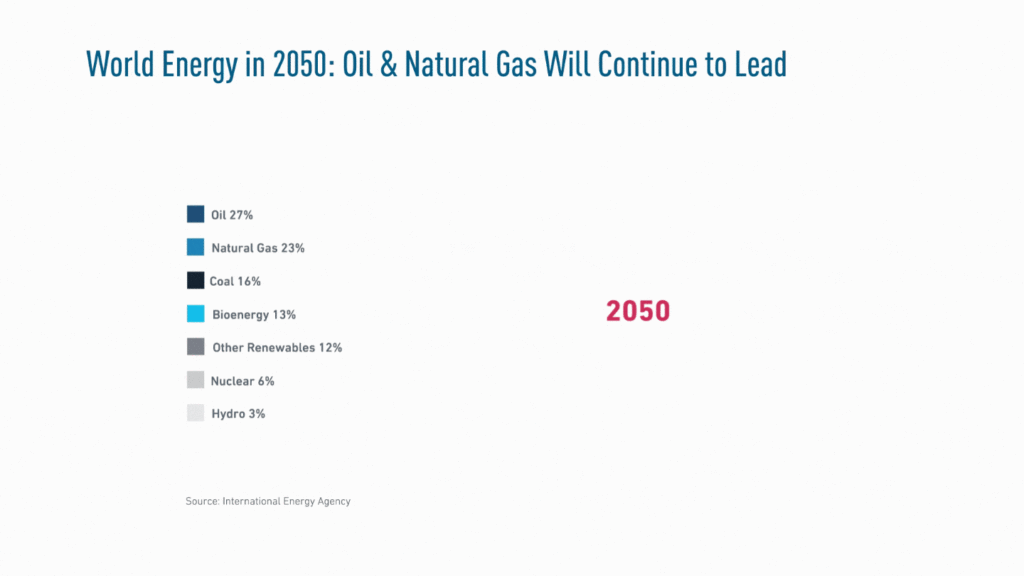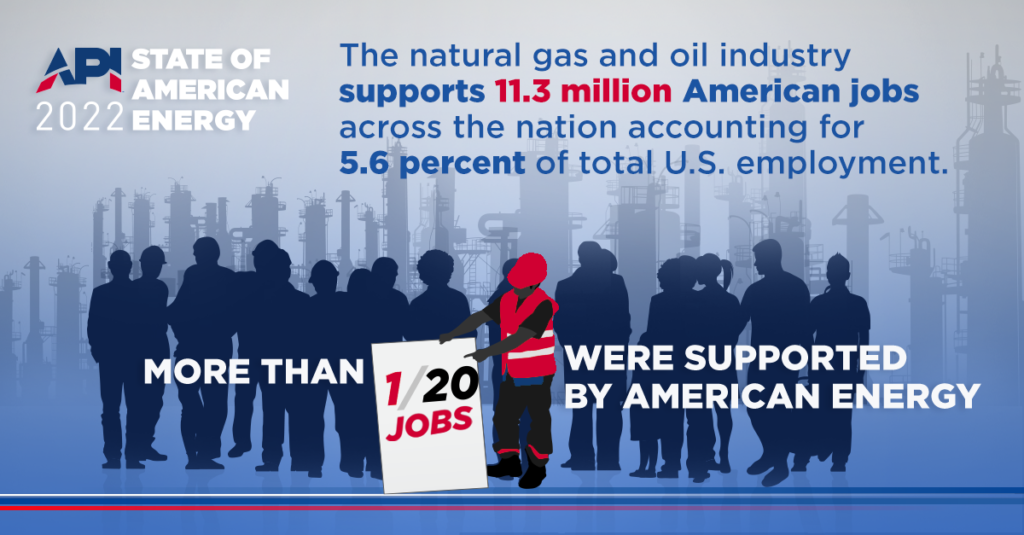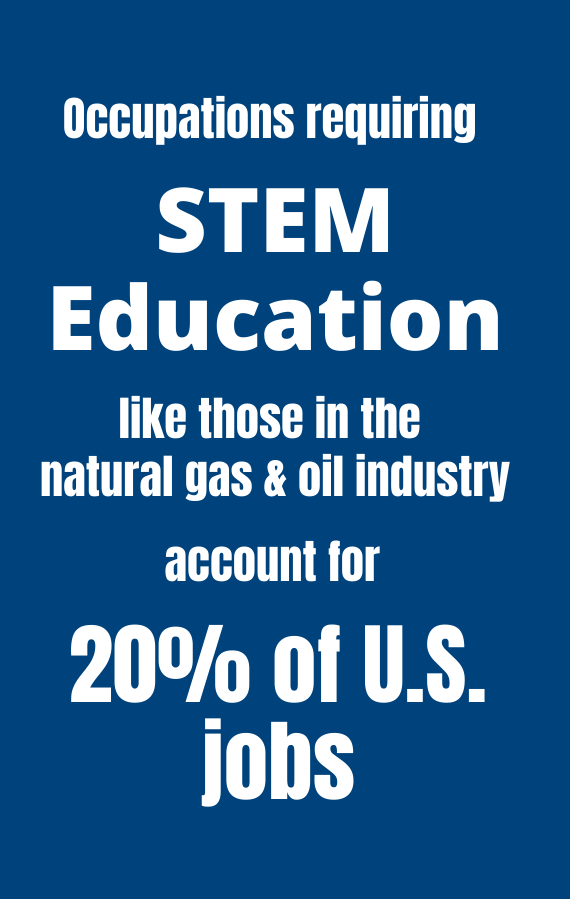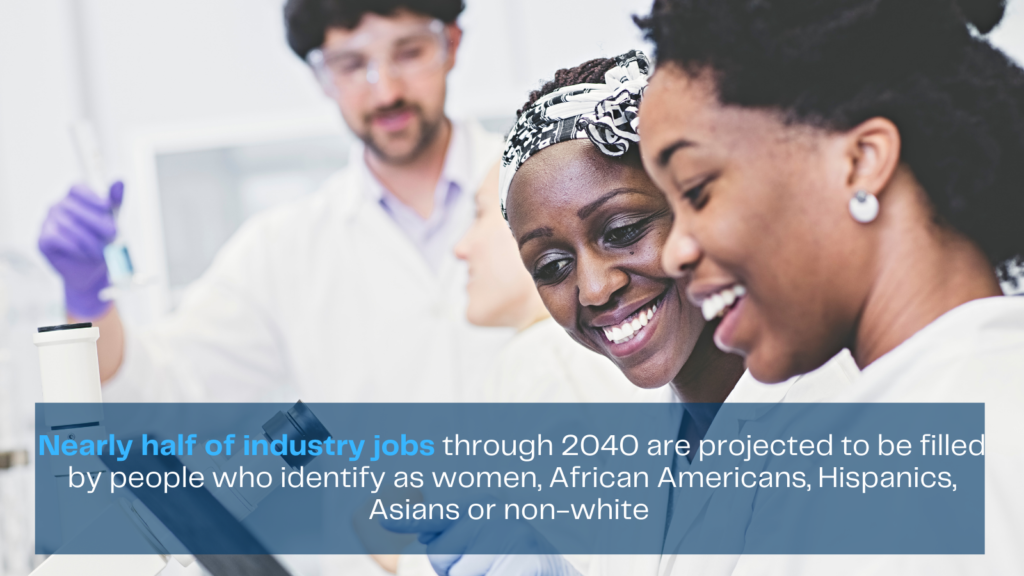The demand for natural gas and oil is still rising in a post-pandemic world. Because of this, we are constantly reassessing our approach to meet the market’s needs. That includes reevaluating our processes from site preparation, drilling, and production to transportation and environmental responsibility. Every aspect of our combined operations depends on an available and ready workforce. Employing locals is just one of the ways Coterra works to keep communities strong.

API Provides a Look into the Future With 2022 Report
The American Petroleum Institute (API) recently released an extensive report on the State of American Energy. They provided a breakdown of employment by state and how much money natural gas and oil pumps into each state’s economy. API addressed critical industry elements where progress has been made. They also identified improvements that are still needed.
“As America’s economy comes back, the natural gas and oil industry will serve as a foundation for long-term growth and prosperity,” said API President and CEO Mike Sommers. “Every state across the country – both blue states and red states – relies on American energy to fuel each sector of the economy and support millions of U.S. jobs.”
Natural Gas and Oil Creates Jobs
In Texas, where Coterra holds substantial acreage in the Permian and Anadarko basins, natural gas and oil production creates 2.5 million jobs. The Permian Basin extends into New Mexico, where natural gas and oil maintains 114,900 jobs. The Anadarko Basin supports 389,800 jobs in Oklahoma.
Coterra also operates in the Appalachian Basin located the northeast part of Pennsylvania. The dry gas-rich state now has 480,300 people employed in family-sustaining jobs. Nationally, the natural gas and oil industry supports 11.3 million jobs.
For every direct job in the energy industry, another three or four jobs are created in support industries like trucking, construction, and manufacturing. The numbers above do not include the direct contributions made to our communities for cultural and recreational initiatives. Additionally, we support educational programs that help develop the workforce we need where we need it.
Focused on Developing the Future Workforce
Coterra has been a leader in the industry in many ways, and we’re happy to see our counterparts embracing the same practices.
- Supporting STEM studies in schools and colleges
- Making employment in energy more appealing for workers
Ultimately, we want to attract local men and women who will remain with us for years to come.
Sue Gumble, program director at the Lackawanna College School of Petroleum & Natural Gas, was featured in the report. She related that monetary and material donations from local companies are typical of how the industry invests in its future. API recently gave the school access to all of its operational standards. “We have implemented it into our curriculum in numerous classes, which is very helpful,” she noted.
Investing in Innovative Technology
There are still plenty of jobs for those who like to get their hands dirty, so to speak. We are constantly challenged at backfilling positions in fields like welding and mechanics. There is also an expanding gap in high-tech jobs that support the industry. These include robotics, computer programming, and environmental compliance.
“Technology is a huge part of what we do on a daily basis. From Teams meetings to task management systems and analytics that can be done from equipment and gauges and real-time data collected back to our teams,” said Jacqui Schlachter, district operations manager at Marathon. Jacqui is a member of the women’s employee network group, Arise. Its mission is to increase the diversity of employees in the natural gas and oil industry. “I’ve seen progress not only in technology and the way that we do our work but also in diversity, equity, and inclusion.”
We understand that the path to the future includes engaging with our local and federal governments. An open dialog with these groups allows us to meet growing energy needs while reducing emissions. “One of the ways that this industry is focusing on addressing that challenge is through investments in carbon capture technology,” Mike explained. “This is an industry that has actually pioneered this technology, and we’re continuing to make investments in it every single year.”



